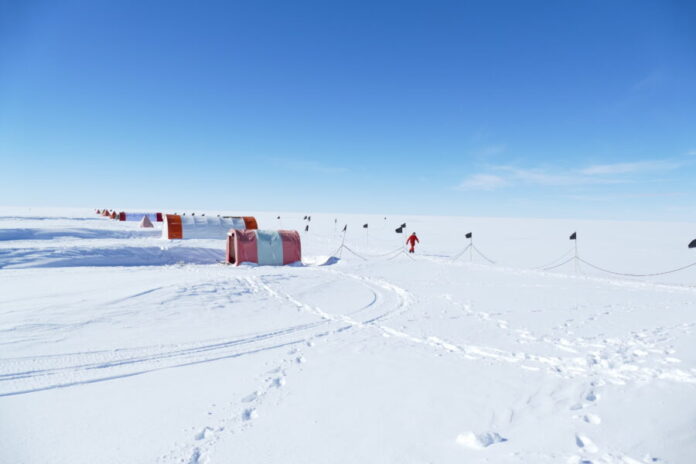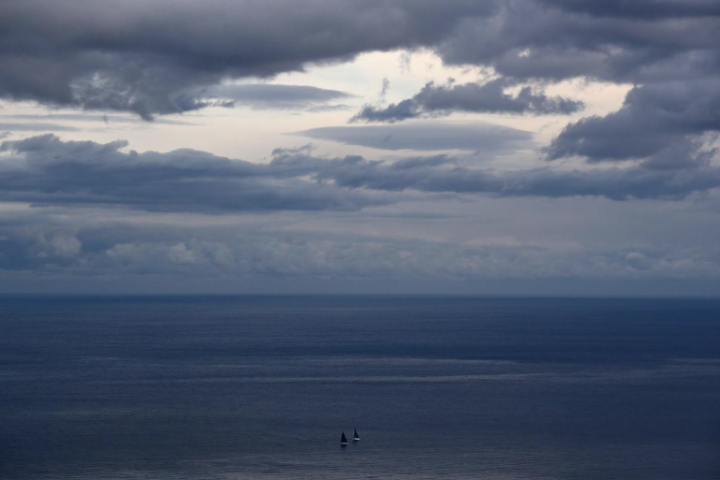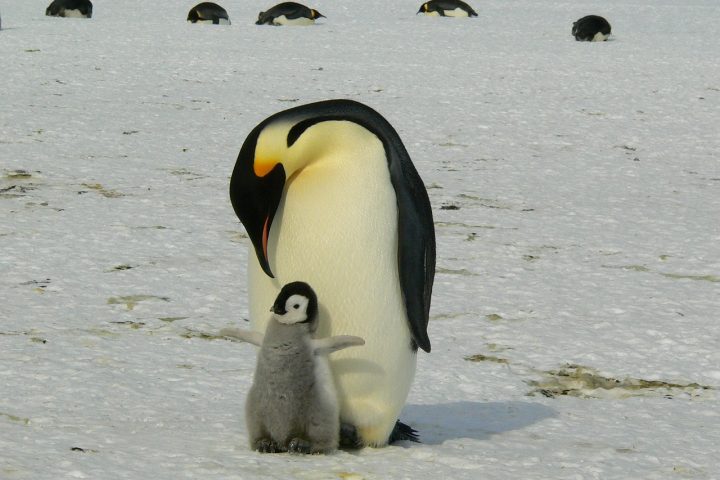A new study provides direct evidence of a sudden and dramatic melting of the West Antarctic Ice Sheet at the end of the last Ice Age, around 8,000 years ago. This evidence, found in ice cores, shows that a section of the ice sheet thinned by 450 meters in just 200 years. That’s more than the height of the Empire State Building.
A new study published this week provides direct evidence that the West Antarctic Ice Sheet melted suddenly and dramatically at the end of the last Ice Age, about eight thousand years ago.
This evidence, contained in an ice core, shows that one area of the ice sheet has thinned by 450 meters in just 200 years. That’s more than the height of the Empire State Building.
- First American Bone Bead, 12,940 Years Old, Discovered in Wyoming: New Light on Clovis Culture
- Does your eye color affect your eyesight? Which color is luckier?
The findings are the first evidence of such rapid ice loss anywhere in Antarctica. Scientists fear that today’s rising temperatures could destabilize parts of the West Antarctic Ice Sheet in the future, crossing a critical threshold and triggering an uncontrolled collapse. The study, published in Nature Geoscience, sheds light on how fast Antarctic ice could melt if temperatures continue to rise.
“We now have direct evidence that this ice sheet has experienced rapid ice loss in the past,” says Professor Eric Wolff, lead author of the new study from the Department of Earth Sciences at the University of Cambridge. “This scenario, which is not just something in our model predictions, could happen again if parts of this ice sheet lose stability.”
The Antarctic ice sheets contain fresh water that could raise global sea levels by as much as 57 meters from west to east. The West Antarctic Ice Sheet, which is mostly located on bedrock below sea level, is thought to be particularly vulnerable.
Model-based predictions suggest that much of the West Antarctic Ice Sheet will disappear over the next few centuries, leading to rising sea levels. But exactly when and how fast the ice might disappear is unclear.
One way to train ice sheet models and make better predictions is to present them with ice loss data from warming periods in Earth’s history. At the peak of the last Ice Age 20,000 years ago, Antarctic ice covered a larger area than it does today. As our planet thawed and temperatures slowly climbed, the West Antarctic Ice Sheet retreated to its current extent.

Dr. Isobel Rowell, an ice core researcher with the British Antarctic Survey (BAS) and co-author of the paper, explains
“We wanted to know what happened to the West Antarctic Ice Sheet at the end of the Last Ice Age, when temperatures on Earth were rising, but the rise was slower than today’s anthropocenic warming. Using ice cores, we can go back in time and estimate the thickness and extent of the ice sheet.”
Ice cores are made up of layers of ice that form as snow falls and then get buried and compressed over thousands of years into ice crystals. Within each layer of ice, ancient air and contaminants are trapped, mixed with the snow that falls each year. These provide clues about the changing climate and ice extent.
Researchers extracted a 651-meter-long ice core from the Skytrain Ice Rise in 2019. This mound of ice layers is located at the edge of the glacier sheet, near the point where the ground ice flows into the floating Ronne Ice Shelf. The researchers took the ice cores to Cambridge at -20°C and analyzed them to reconstruct the thickness of the ice. First, they measured stable water isotopes, which indicate the temperature when the snow fell. The temperature decreases at higher altitudes (think cold mountain air), so the scientists think that higher temperatures correspond to thinner ice at lower altitudes.

They also measured the pressure of air bubbles trapped in the ice. Like temperature, air pressure varies systematically with altitude. Thinner ice at lower elevations contains higher-pressure air bubbles.
These measurements show that the ice thinned rapidly 8,000 years ago.
“When the ice thinned, it receded very quickly,” says Wolff. “There was clearly a tipping point, an uncontrolled process.”
Researchers think this thinning was probably triggered by the intrusion of warm water under the edge of the West Antarctic Ice Sheet, which normally rests on bedrock. As a result, some of the ice may have broken away from the bedrock and floated rapidly, forming what is now known as the Ronne Ice Shelf. This event then allowed the nearby Skytrain Ice Shelf to be freed from the ice now attached to the ground, allowing it to thin rapidly.
The researchers also found that the sodium content of the ice (from salt in the sea spray) increased about 300 years after the ice melted. This suggests that after the ice thinned, the ice shelf retreated and the sea moved hundreds of kilometers closer to the area.
“We already knew from the data from the models that the ice was thinning at that time, but the date of this event was not precise,” says Rowell. While the ice sheet models said the retreat occurred between 12,000 and 5,000 years ago, they could not pinpoint how fast it happened. “Now we have a very precisely dated observation of this retreat that can be added to improved models.”
The West Antarctic Ice Sheet retreated rapidly 8,000 years ago, but stabilized when it reached almost its present extent.
“It is now crucial to find out whether the extra warmth will destabilize the ice and cause it to start retreating again,” Wolff says.
Source: British Antarctic Survey.





